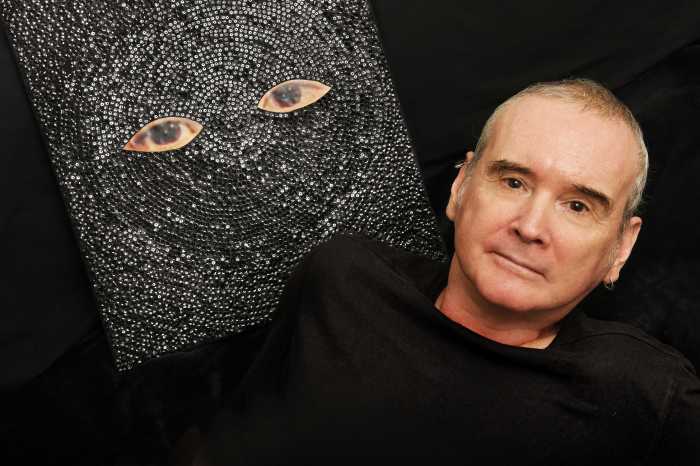By Albert Amateau
It could be the end of years of bitterness between New York University and its Village neighbors.
Manhattan Borough President Scott Stringer and New York University President John Sexton on Jan. 30 signed what they characterized as “historic town-gown principles” that set guidelines for the future expansion of N.Y.U. for the next 25 years and take into account neighborhood concerns about the scale of development.
The planning principles are the result of more than a year of meetings between N.Y.U., local elected officials and community associations in Stringer’s Community Task Force on N.Y.U. development.
“Everyone came to the table with an agenda but also with an open mind,” said Stringer. “That allowed us to hammer out a set of principles that will serve the university’s need to expand to meet its academic needs and local residents’ desire for real input into development that directly affects their lives and their neighborhood,” he said at the Jan. 30 ceremony in the N.Y.U. School of Law across the street from the southeast corner of Washington Square Park.
“I believe that today we are turning a corner toward a new and harmonious relationship between N.Y.U. and its neighborhood,” said Sexton. “This is a step to correct some of the errors of the past on both sides. Trust has begun to develop.”
Under the new planning principles, the university, which projects a need for 6 million more square feet of new space for the coming years to 2031, will pursue reuse of existing buildings before building new ones and will actively pursue academic and residential centers outside the Washington Square area. In addition, the principles emphasize contextual development and commit to mitigating the impact of construction on the neighborhood. The principles also call for community consultation and for N.Y.U. support of community sustainability, including preservation of local retail business and affordable housing efforts.
Elected officials who took part in the drafting of the principles include State Senators Tom Duane and Martin Connor, City Council Speaker Christine Quinn, Councilmembers Alan Gerson and Rosie Mendez, Assemblymembers Deborah Glick and Brian Kavanagh and Congressmember Jerrold Nadler.
Community Boards 2 and 3 were involved in developing the principles, along with the American Institute of Architects, the Carmine St. Block Association, the Coalition to Save the East Village, the Greenwich Village Society for Historic Preservation, the Soho Alliance and the Noho Neighborhood Association. Other endorsers of the principles are the Greenwich Village-Chelsea Chamber of Commerce and the NoHo NY and the Village Alliance business improvement districts,
“We on Community Board 2 have been grappling with N.Y.U. for 25 years, and this agreement may mean we’re beginning a more harmonious relationship,” said Brad Hoylman, C.B. 2 chairperson. He recalled the conflict seven years ago over the demolition of the Poe House on W. Third St. to make way for the Law School annex. Hoylman noted that Sexton, then the Law School’s dean, was instrumental in preserving the Poe House’s facade in the Law School annex.
Andrew Berman, executive director of G.V.S.H.P., commended Stringer for organizing the Community Task Force and creating a dialogue between the public and N.Y.U.
“Change is long overdue, and while not yet providing final resolution to all the society’s concerns about N.Y.U.’s ongoing expansion, we recognize that this is a first step which will hopefully lead to further progress,” Berman said. “We also expect that N.Y.U. will be accountable to not just the letter but the spirit of these principles.”
Sexton said N.Y.U. is committed to maintaining New York City as the world’s greatest city and the city’s place as “an idea capital” of the nation and the world.”
N.Y.U.’s president contrasted the space that N.Y.U. has with the space available to Columbia University. The Columbia campus provides between 230 and 240 square feet of space per student, while N.Y.U. provides 95 square feet of space per student, Sexton said.
“But we’ll make it work in a harmonious relationship with the community where we work and live,” he said.




























